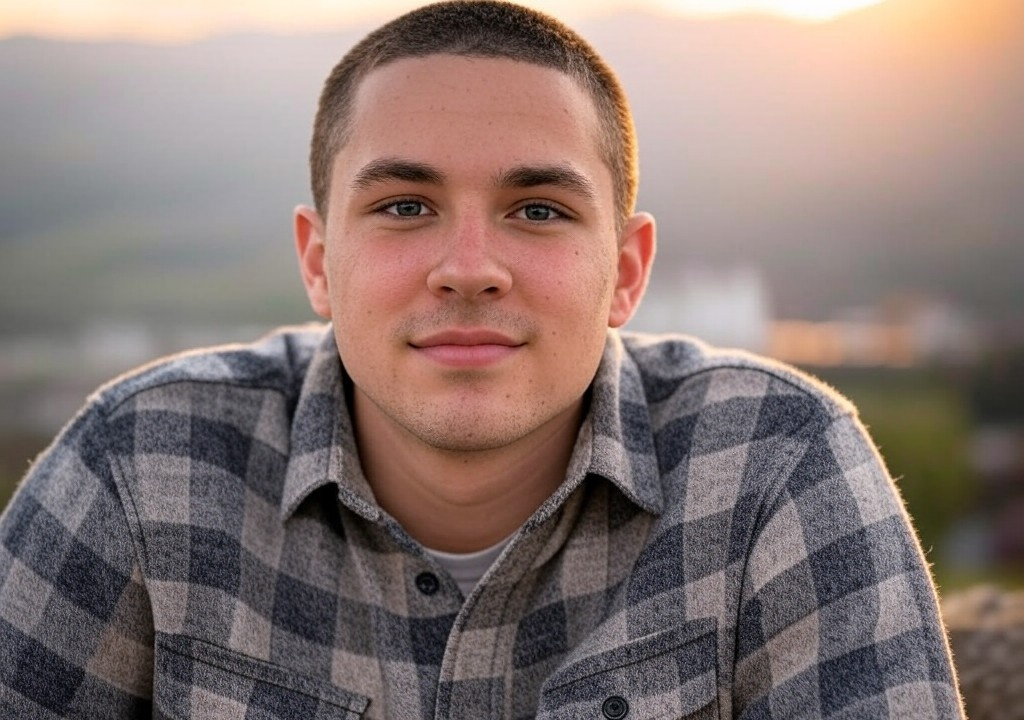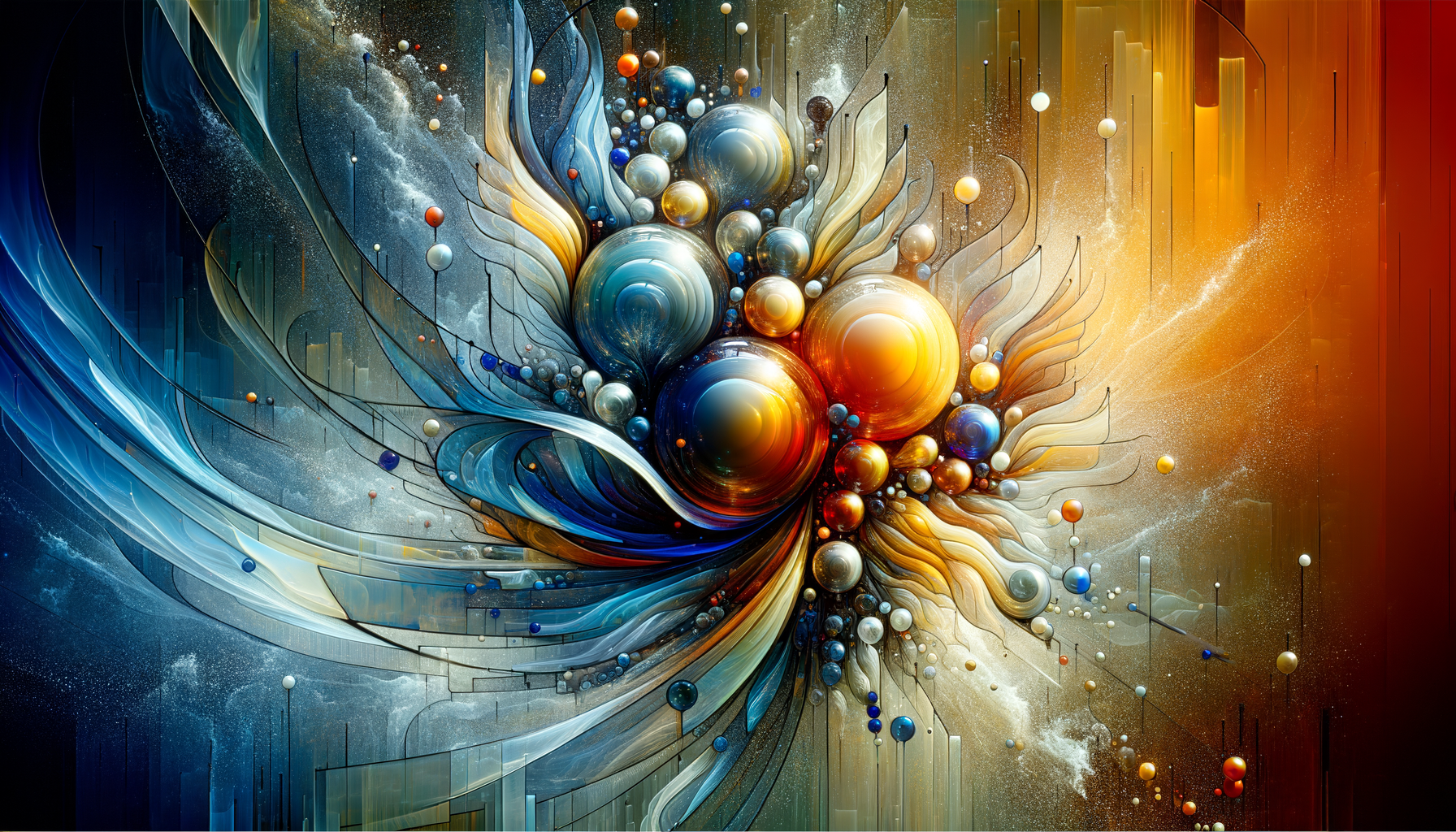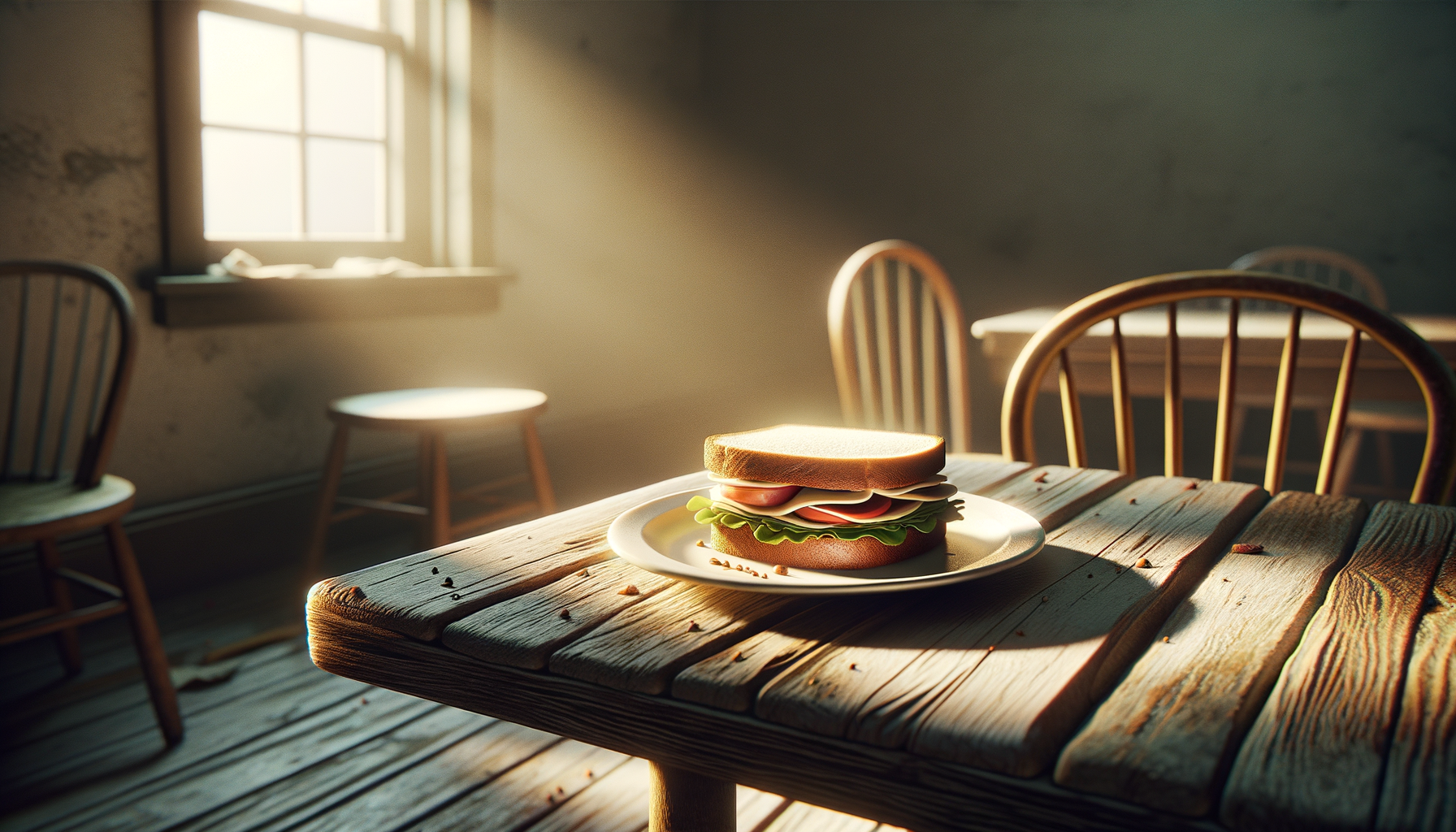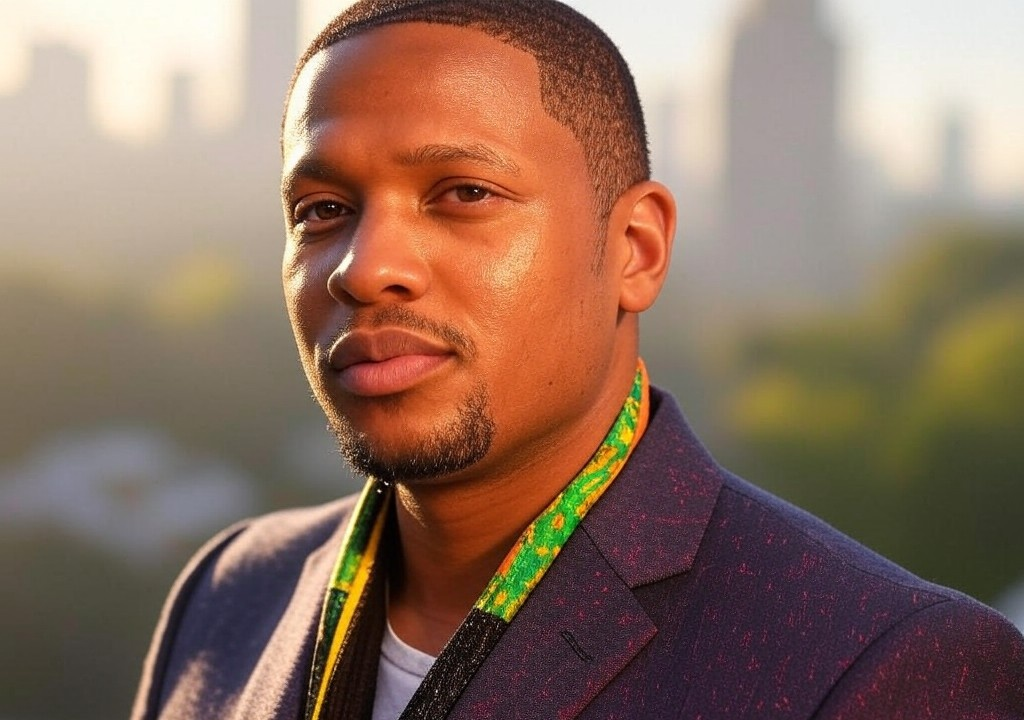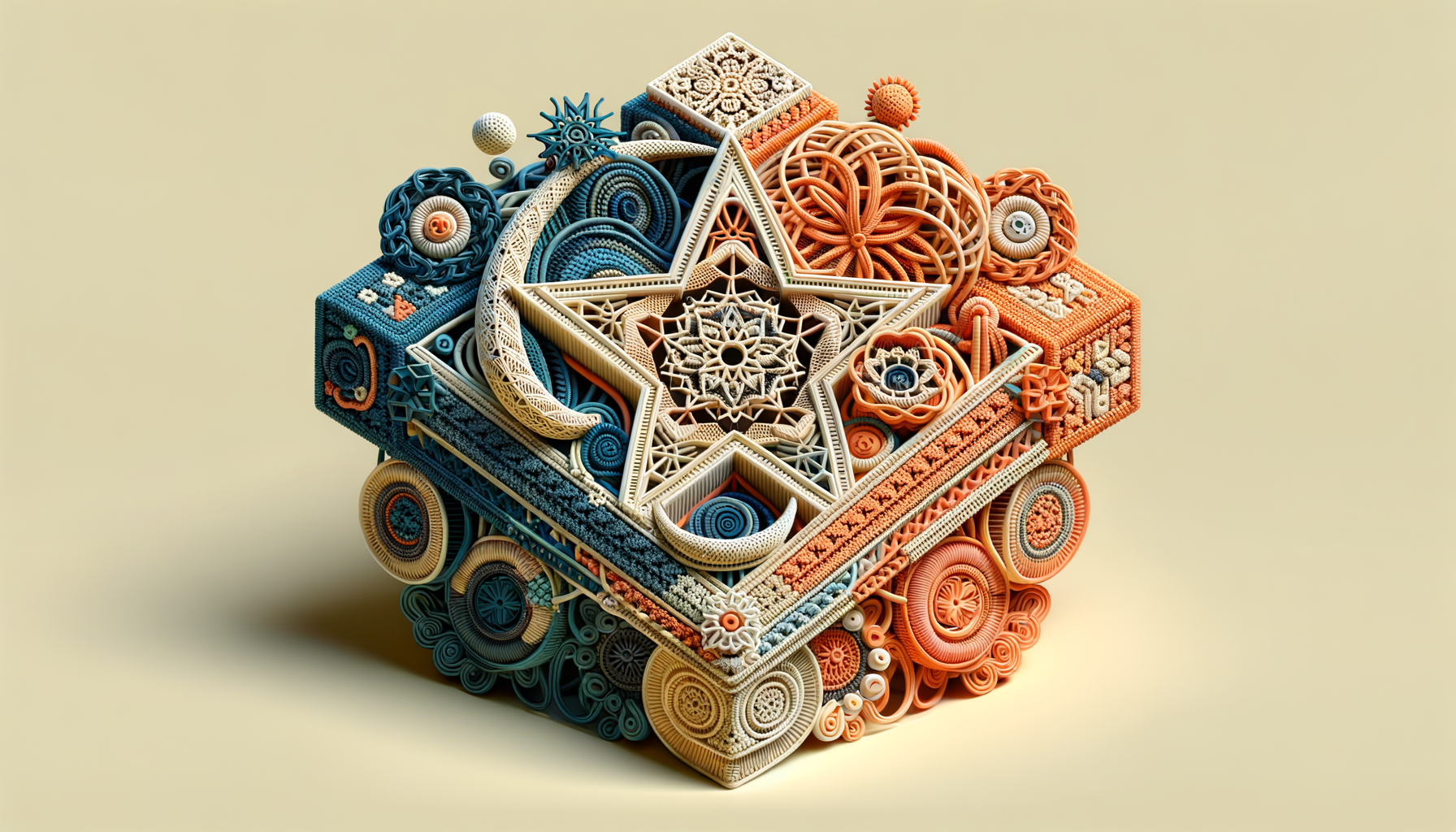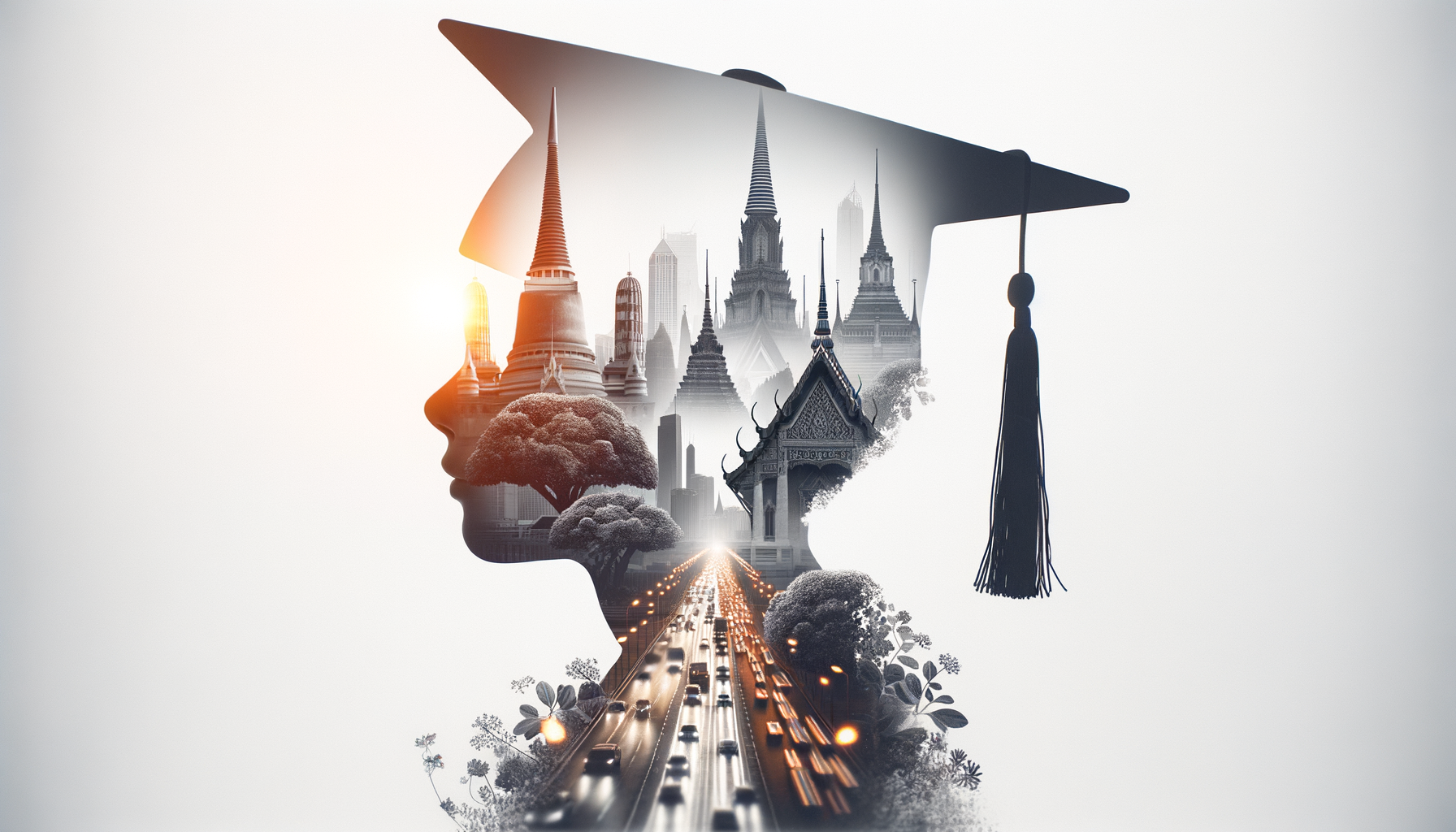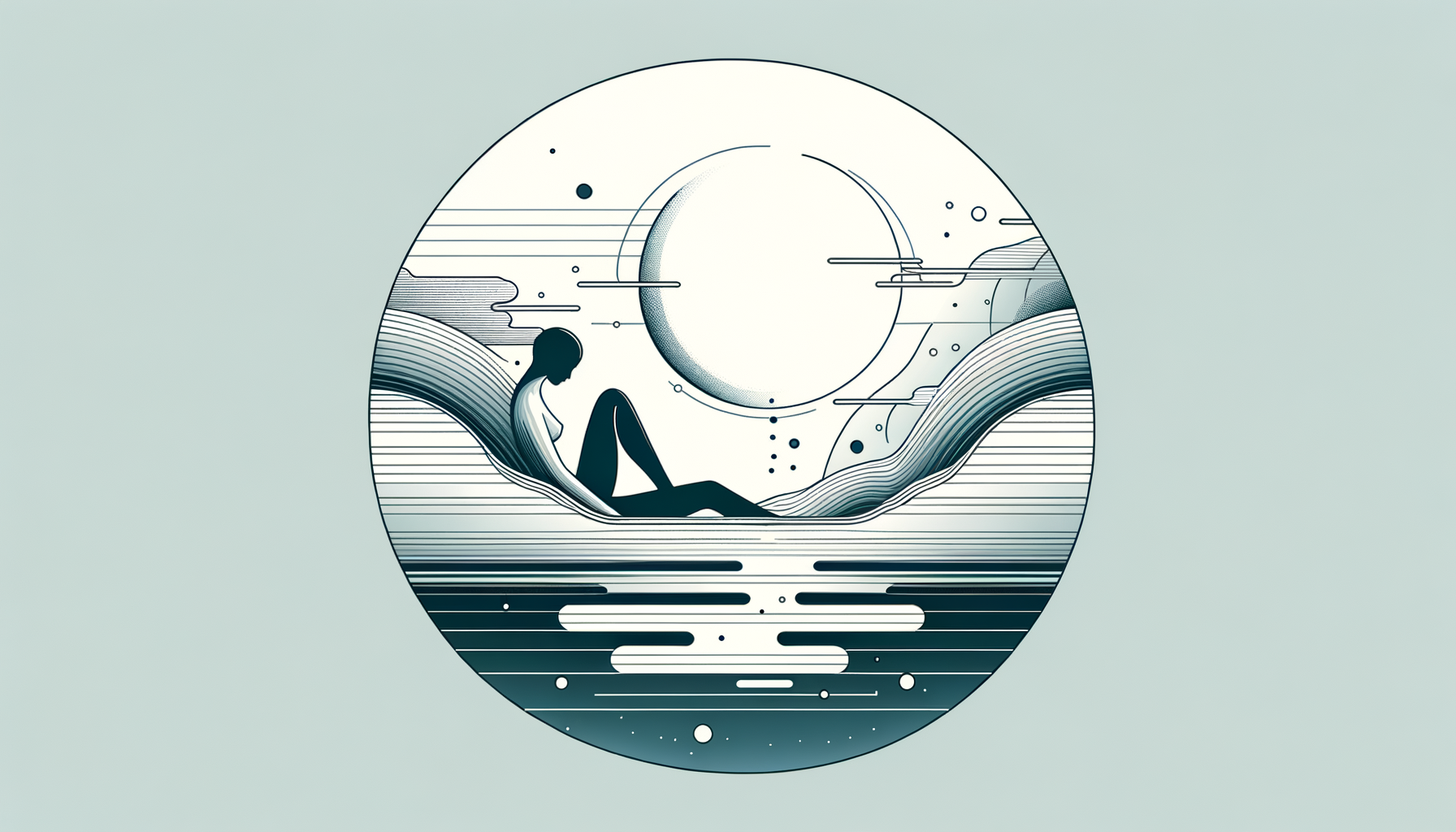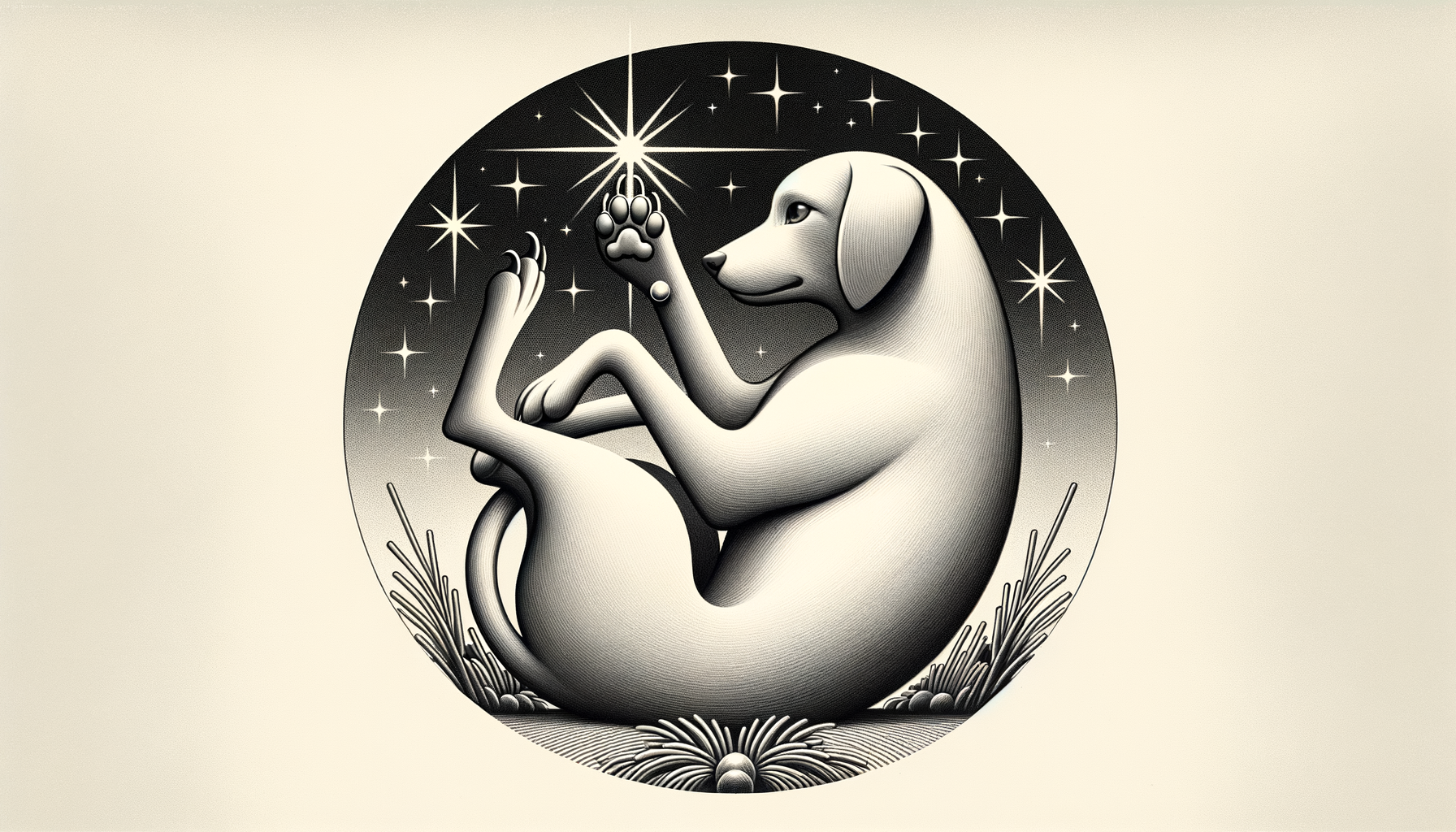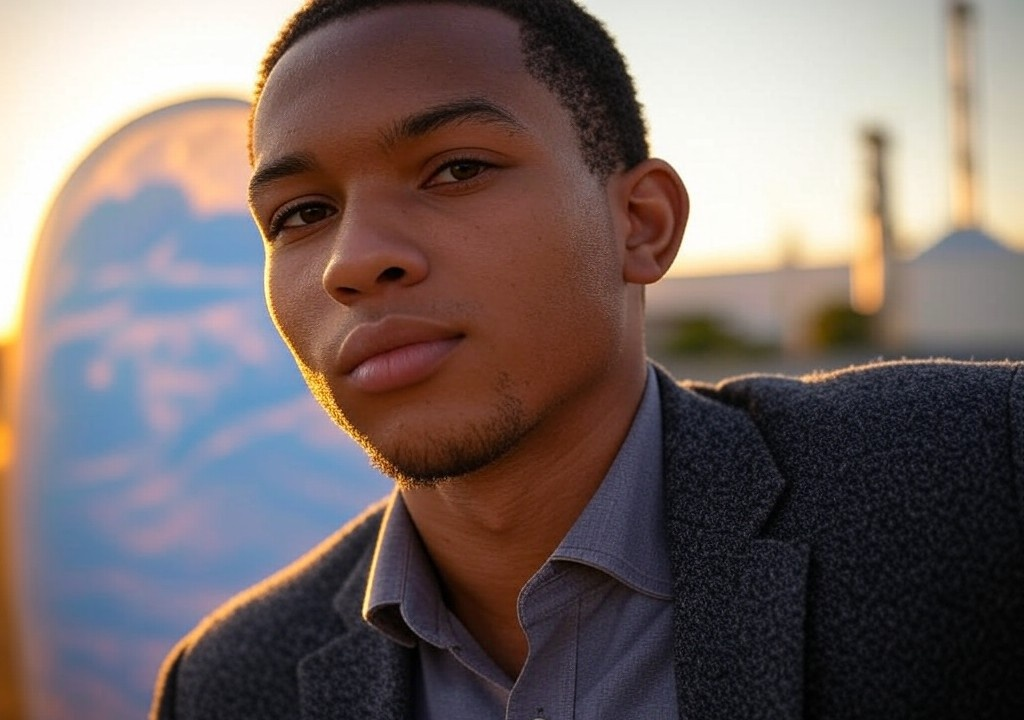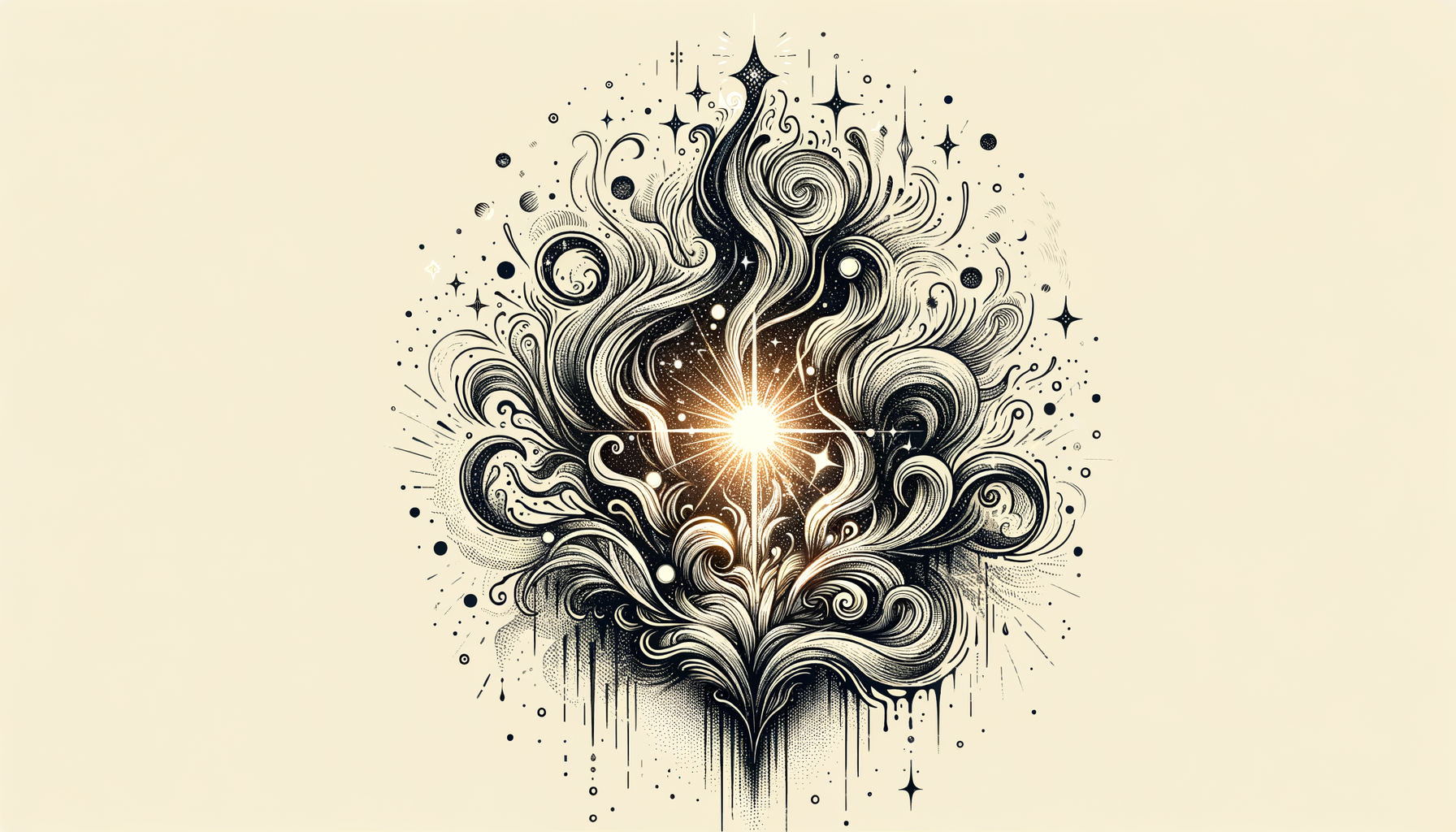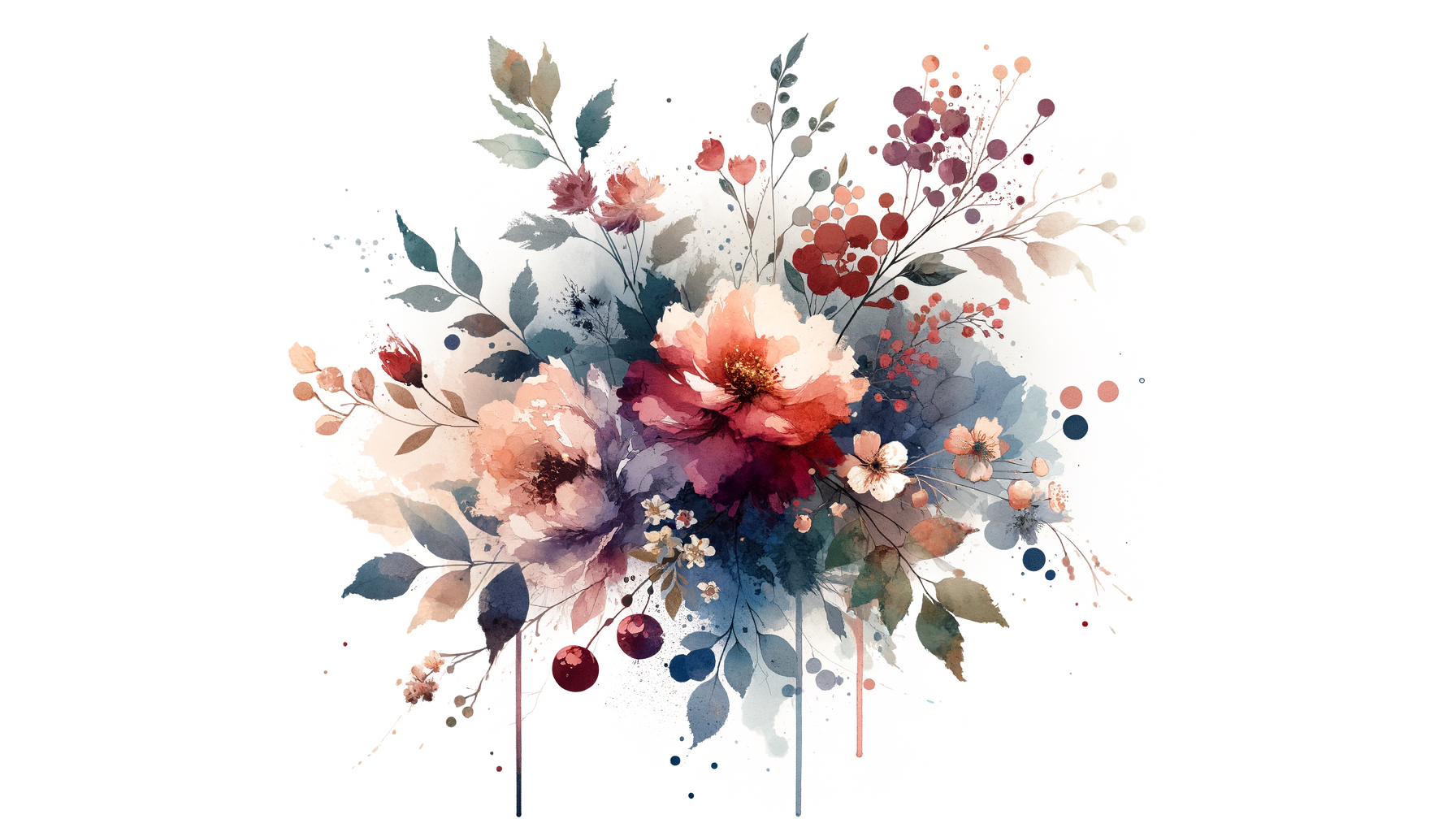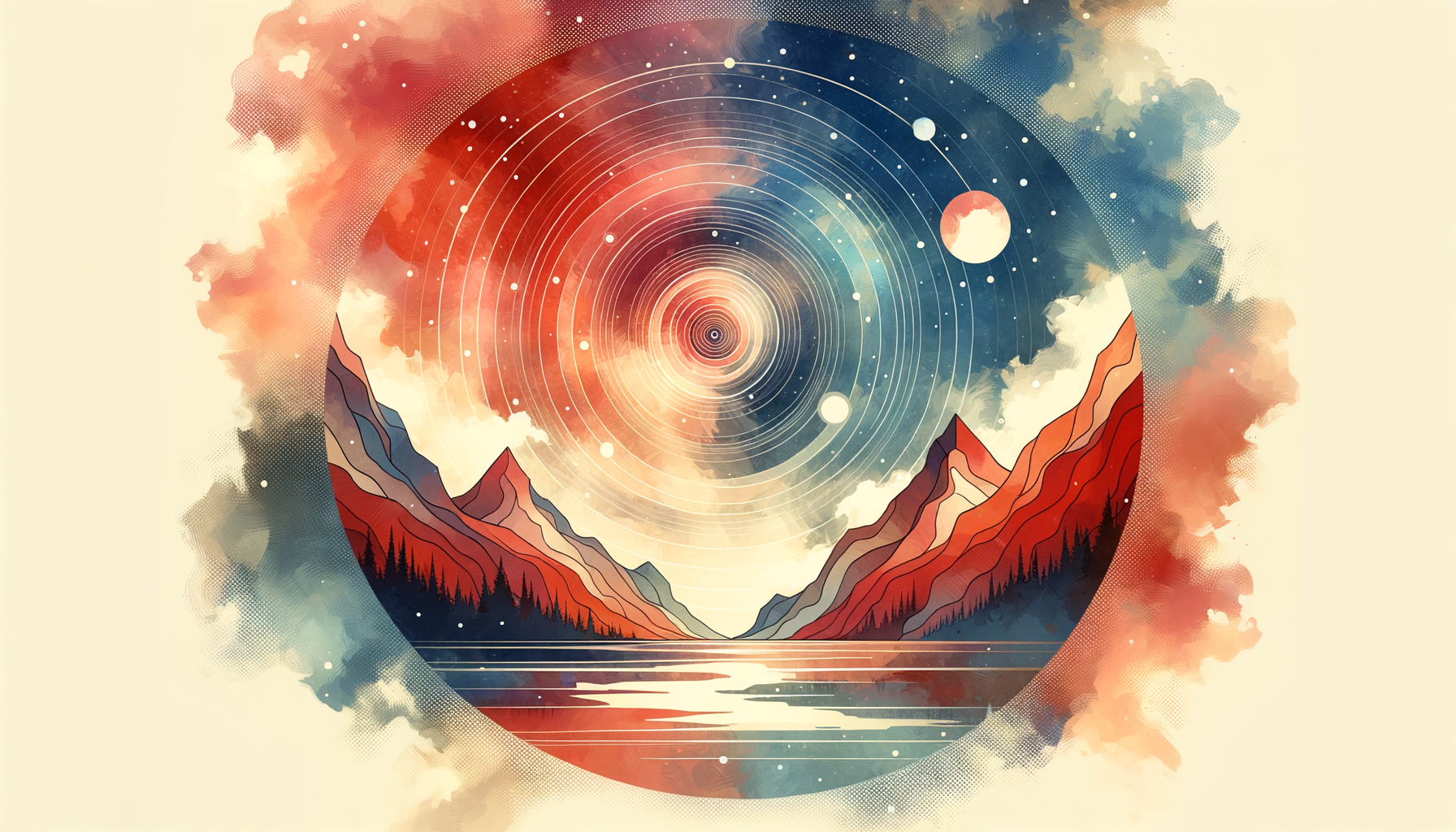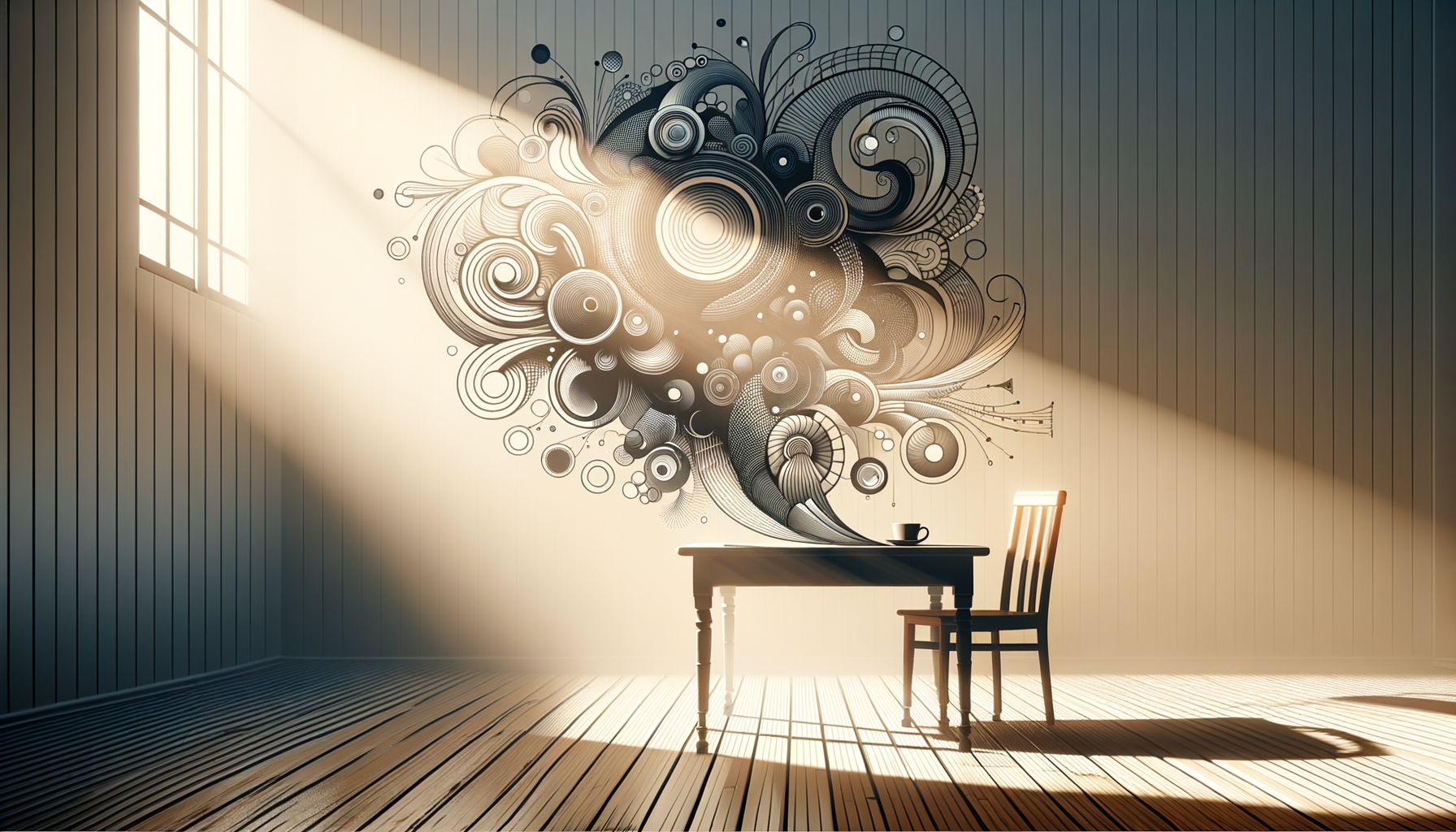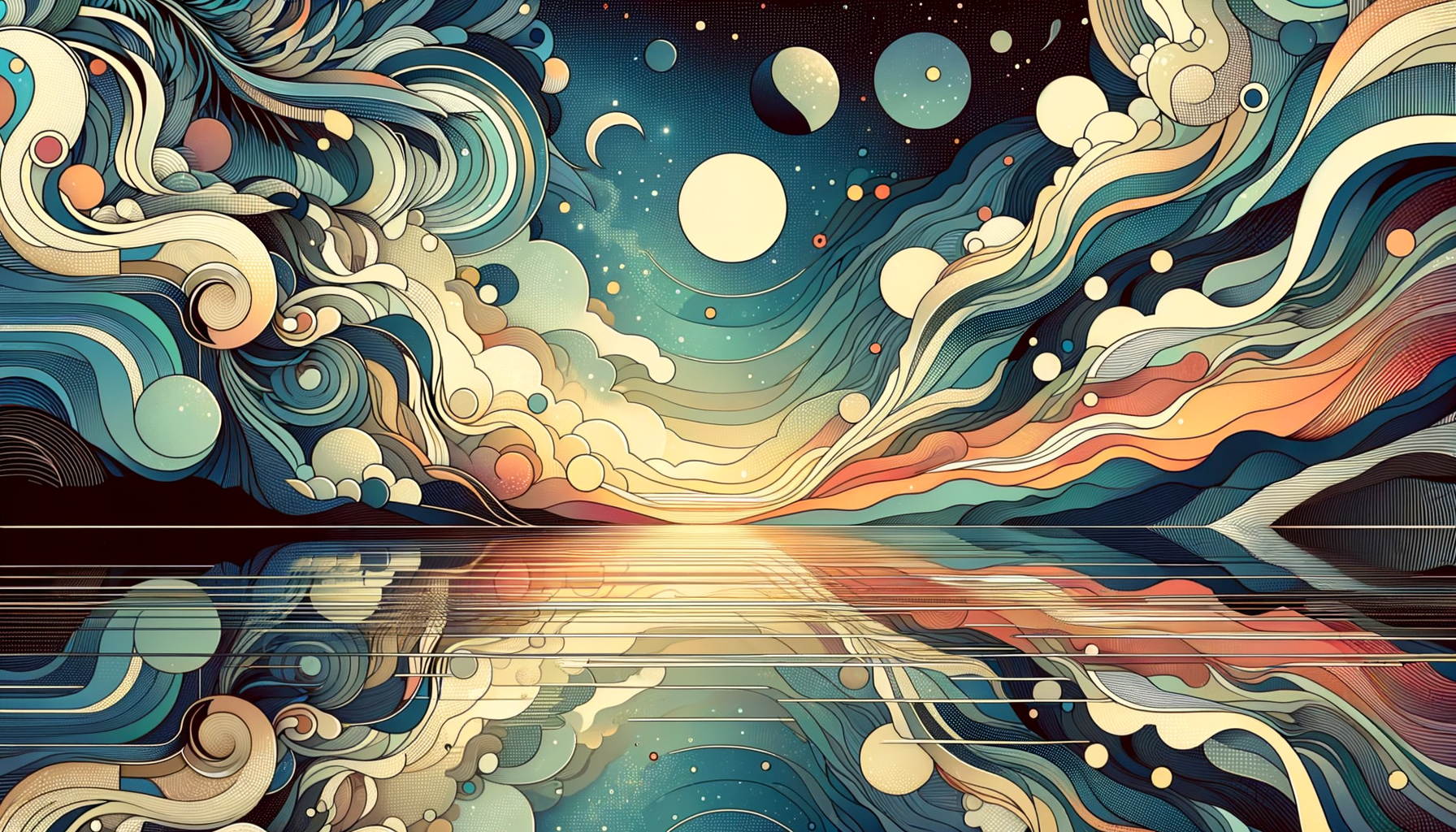You know that moment when you’re standing in your kitchen, staring at the toaster, waiting for your bread to transform into something slightly less bread-like, and suddenly—the idea hits? It’s there, fully formed, ready to be scribbled down in your notebook next to the grocery list and that half-finished doodle of a cloud. Creativity can feel a lot like that: random and fleeting, as though it exists in some parallel dimension where toast-making and bursts of inspiration are cosmically linked. At least, that’s how it starts for me.
But here’s the thing about creativity: it doesn’t survive on spontaneity alone. It needs nurturing, structure, and—brace yourself—even discipline. Over the years, I’ve developed a handful of creative rituals that help me wrangle my idea-laden brain into something halfway productive. They aren’t complicated (if my coffee-dependent mind can do them, so can yours), but they work. And in a world that feels increasingly hectic, they’ve become the invisible scaffolding that props up my writing.
The Sacred Hour: Mornings Are My Muse
Confession: I’m one of those insufferable morning people. The kind who cheerfully slides out of bed while everything is still tinged in shades of pre-dawn gray. There’s something about 6 a.m. that feels like the universe pressed pause just for you—it’s quiet, unassuming, and free of endless notifications reminding you to subscribe to someone’s YouTube channel.
My mornings begin exactly the same way, every single day:
1. Make Coffee (Plural) – One cup to drink, one to inhale. Coffee is basically my creative bat signal.
2. Sit Outside – Even in winter. I bundle up, step onto my tiny balcony, and stare at the mountains. If I’m lucky, there’s an early-morning snowfall dusting the peaks. If not, I squint into the distance and pretend I see a moose or something equally majestic.
3. Write Freehand – I have a designated notebook for what I call “word vomit,” and I mean that lovingly. It’s not about perfect sentences or even coherent thoughts—it’s a warmup lap for my brain. A paragraph might start with something poetic about tree shadows and end with a multi-line rant about why socks disappear in the wash. No one will ever read these pages, and that’s the beauty of it.
The takeaway? Start your day however you find your calm—the kind of calm that makes you feel centered, even if it lasts only 10 minutes. Mornings aren’t everyone’s thing (I recognize my privilege in not having children waking me up at a time that starts with a 4), but finding a quiet, personal pocket of time to “set the tone” can make all the difference.
The Playlist of All Playlists
You know that montage scene in romantic comedies where things fall into place perfectly to the backdrop of the perfect pop song? Well, creativity needs a montage. Music helps anchor my writing sessions, and I take a lot of time crafting playlists that fit the specific mood I want to evoke for a project.
When I was working on my memoir, I had two distinct playlists:
1. "Pensive Caleb" – Think Bon Iver, Sufjan Stevens, and the kind of haunting movie scores that make your soul ache just a little. This playlist was for introspection-heavy chapters and sad epiphanies.
2. "Let’s Get It Done Caleb" – A.k.a. my “creative caffeine.” Upbeat indie jams, a little disco (yes, there is Abba), and the occasional 90s throwback to make me feel like a kid who just discovered how fun life can be.
The funny thing is, every song is now linked to a memory of where I was when I wrote specific parts of the book. Songs become landmarks in my creative journey. They also keep me focused—well, when I’m not Googling karaoke videos of “Dancing Queen.”
Here’s my advice if you’re a music person: curate playlists for your creative endeavors. Start with the vibe you’re aiming for and let Spotify or Apple Music do most of the curating for you. Hit shuffle until something clicks.
The Power of the Mini Getaway
Here’s the unglamorous truth about being a writer: staring at the same desk and the same laptop screen for weeks on end is like trying to squeeze toothpaste from a tube that’s clearly empty. Ideas don’t love sitting still—they thrive when you move. That’s why every so often, I grab a notebook, toss an apple and a granola bar into my backpack, and head to a trailhead just outside Salt Lake City.
Hiking is my reboot button. There’s something about slogging up an incline with your lungs on fire that makes everything else—procrastination, deadlines, bad sentence structure—seem incredibly trivial. And the payoffs? Well, Utah has plenty of those. Overlooks, waterfalls, forests that feel like they’re straight out of Middle-earth. I’ve solved more plot holes on the way to a summit than I have at my desk.
And no, you don’t have to live near a national park or own hiking boots held together by duct tape. A creative “mini getaway” could be as simple as taking a walk through your neighborhood or sitting in a park you’ve never been to. Sometimes, just removing yourself from your usual writing space is enough to let your brain wander off trail—and stumble across something new.
Set the Mood, and Then Trick Yourself
Here’s where “ritual” really comes into play. I’ve tricked my brain into knowing that certain objects and settings mean “it’s time to be creative.” Some of these are practical; others are admittedly borderline-superstitious.
- The Desk Candle – Pine-scented, because I’m apparently very committed to the outdoors theme.
- The Timer Method – I set a timer for 25 minutes and tell myself, “Just write as much as you can in 25 minutes.” Nine times out of ten, I’ll still want to keep going after the timer dings—but somehow the “limited time” premise works for my inner toddler.
- Special Pens – These aren’t truly special—most of them are cheap ballpoint pens I’ve picked up at conferences over the years. But I only write freehand with these particular pens, mostly because I’m convinced creativity lives inside them. Let’s not question it.
Find your own quirks and embrace them. If writing by candlelight or with your “lucky mug” makes the whole process feel even 1% more magical, go for it.
Creative Downtime Is Productive Too
Not to sound like a motivational Instagram post, but creativity doesn’t sleep—it just recharges. Some of my biggest “aha!” moments have come during breaks. Watching reruns of The Office, attempting—and failing—to bake bread, rearranging furniture, or falling into a YouTube rabbit hole about baby alpacas (highly recommend, by the way).
Taking deliberate downtime is key. When I’m stuck, I try to let myself off the hook instead of forcing out work that feels stiff and uninspired. Often, the solution to my creative block sneaks in between binge-watching The Great British Bake Off or tackling a Sudoku puzzle.
If your brain feels restless or “stuck,” give it the gift of distraction. Browse your favorite bookstore. Take a 20-minute nap. Sometimes the best ideas show up six steps after you stop looking for them.
Final Thoughts: Be Your Creative Wingman
Creativity is like any other relationship—it requires time, care, and an occasional grand gesture (see: a fancy picnic for one on a mountain trail). But above all, it asks for attention. If you give it the space to flourish, if you build rituals that encourage it to stick around, it will.
So whether you’re starting small with a morning journal or taking a personal retreat that ends with muddy hiking boots, find what works and lean into it unapologetically. Your creative process doesn’t have to look like anyone else’s—it just has to work for you. And maybe, if you’re lucky, it’ll include a perfect playlist and a well-timed montage too.

